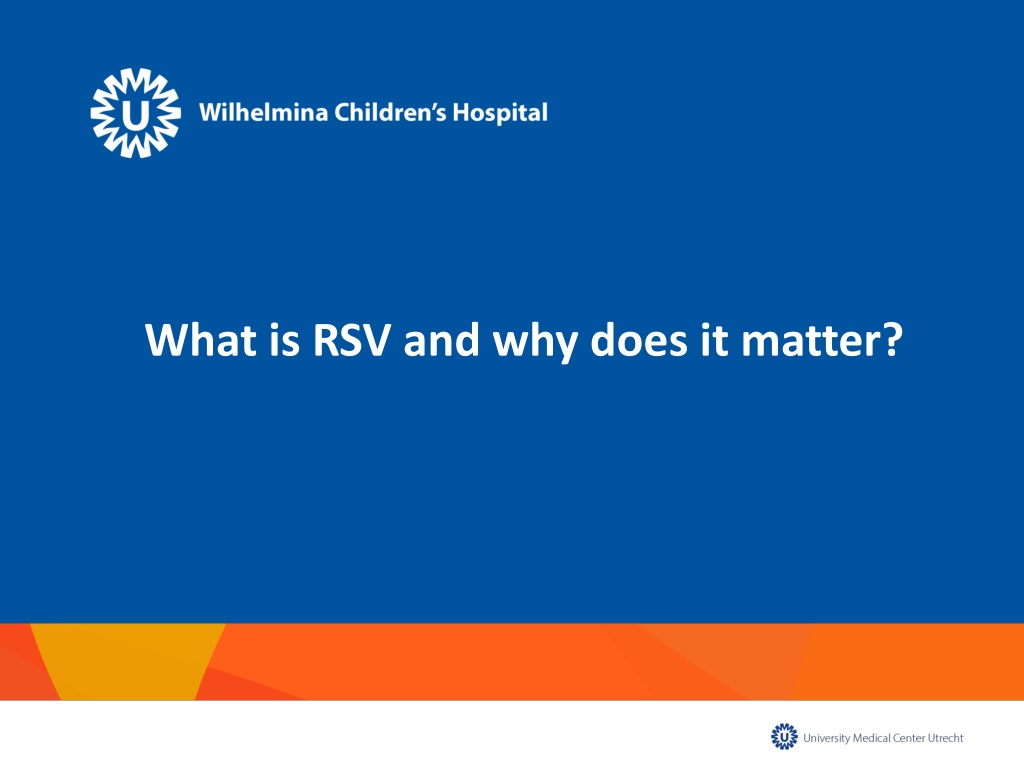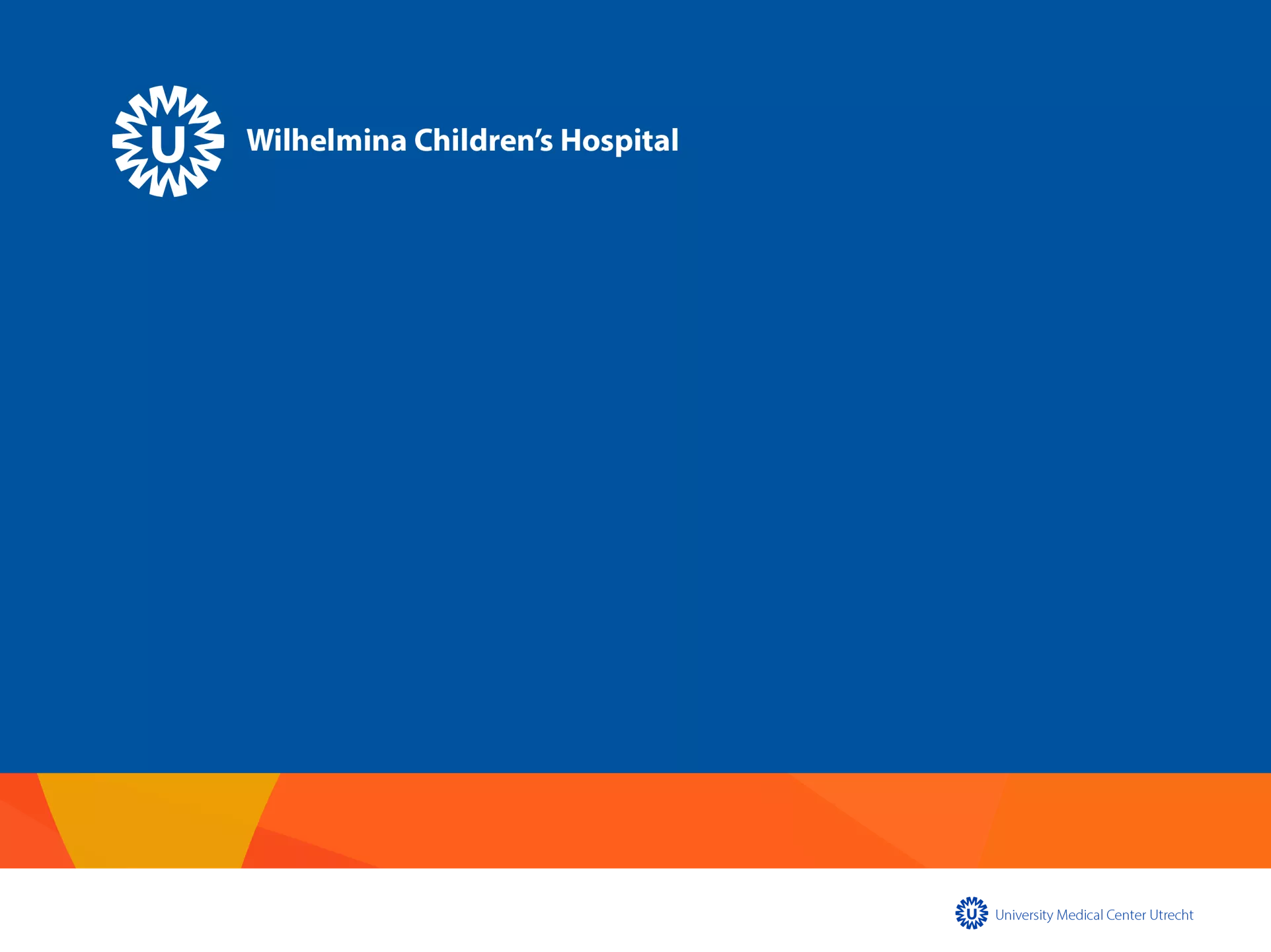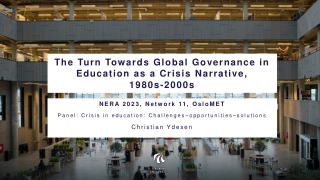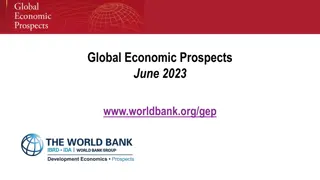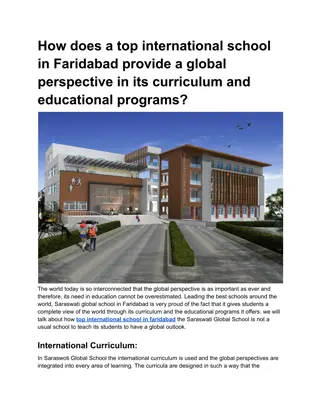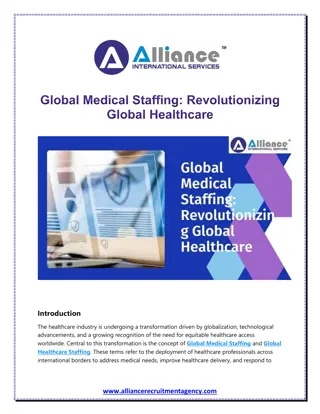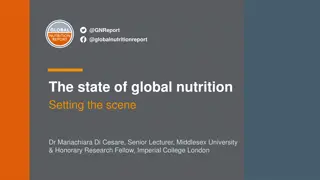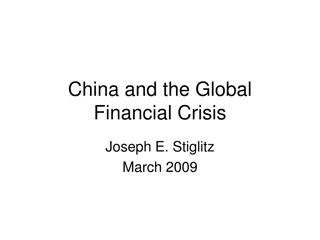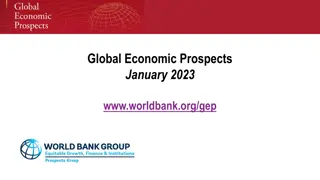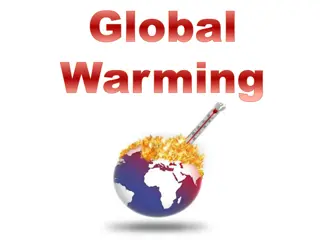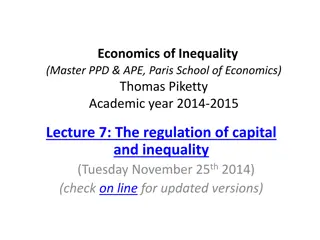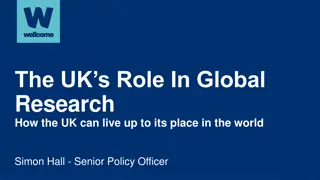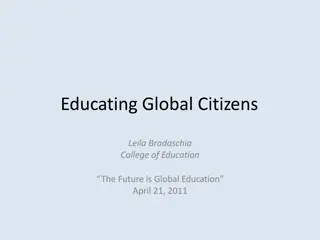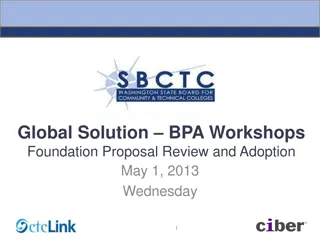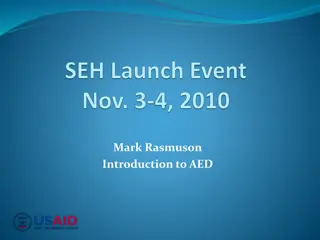RSV and its Global Impact
RSV, or respiratory syncytial virus, is a significant global health concern causing severe respiratory infections, particularly affecting young children. It leads to pediatric hospitalizations and mortality, with a high burden in low- and middle-income countries. Prevention strategies, such as long-acting monoclonal antibodies and maternal vaccination, play a crucial role in addressing RSV. The economic burden of RSV hospitalizations is substantial, requiring more research in health economics for informed decision-making on prevention efforts.
Download Presentation

Please find below an Image/Link to download the presentation.
The content on the website is provided AS IS for your information and personal use only. It may not be sold, licensed, or shared on other websites without obtaining consent from the author. Download presentation by click this link. If you encounter any issues during the download, it is possible that the publisher has removed the file from their server.
E N D
Presentation Transcript
Agenda The magnitude and distribution of this under-recognized public health problem RSV disease burden Clinical disease Transmission, symptoms and treatment Forthcoming prevention strategies Long-acting monoclonal antibodies and maternal vaccination The road to equitable RSV prevention Ungoing work, possibilities and challenges.
RSV is the leading cause of severe respiratory infections worldwide RSV is the leading cause of pediatric hospitalization worldwide RSV is second largest cause of pediatric mortaility worldwide Babies <6 months account for nearly 50% of all RSV-deaths Yi Lancet 2022
The youngest children are the most vulnerable RSV is most severe in first few months of life due to easily blocked small airways. 6 months Birth 1 IN EVERY 28 DEATHS before6 months of age globally is due to RSV PERCH study group Lancet 2019
97% Of the mortality cases occurs in LMICs 4 estimated communal deaths For every 1 in-hospital death Yi Lancet 2022
Bangladesh1 $10MUSD Bangladesh1 24-32% Of monthly income for families per RSV Hospitalization Median annual direct costs of RSV hospitalizations Economic burden is substantial in high- and low-income countries on health-systems and households More Health-Economics data is needed to inform decision- making on RSV prevention Bhuiyan MU, J Glob Health. 2017
1 2 3
Hydration Supportive care Nutritional support Oxygen and ventilation Monoclonal antibody prevention Palivizumab Nirsevimab* Maternal vaccination during pregnancy* Vaccination
Thesis Nienke Scheltema 2018 based on Van der Maas NTVG 2016
Monoclonal antibody (Nirsevimab) Prefusion F Maternal vaccine Immunizing neonates soon after birth Vaccination in pregnancy induces natural antibody transfer to baby How Late second or third trimester during pregnancy possibly during antenatal care (ANC) Directly after birth or at first Expanded Program on Immunization (EPI) visit Timing One dose --> at least 5-6 months protection One dose --> at least 5-6 months protection after birth Frequency
Monoclonal antibody (Nirsevimab)1 Prefusion F Maternal vaccine2 76.4% 51.3% 150 days after injection 180 days after birth 78.6% 69.4% 150 days after injection 180 days after birth 76.8% 56.8% 150 days after injection 180 days after birth No safety concerns identified Price and access barriers No safety concerns identified 1Hammit NEJM 2022;2Kampmann NEJM 2023
Vaccine Timeline Uncertain if it will be submitted WHO Prequalification Earliest possible SAGE review EMA & FDA approval Monoclonal antibody (Nirsevimab) Earliest possible SAGE review Earliest possible WHO Prequalification EMA & FDA approval EMA = European Medical Agency; FDA = US Food and Drug Administration SAGE = WHO Scientific Advisory Group of Experts; PQ = Prequalification
The road to Vaccine implementation and uptake Evidence based decision to prioritize RSV prevention Requires health-economic evidence, raised awareness and supportive policy and finance. Efficient and equitable vaccine delivery Requires preparations at Antenatal care and Expanded program of immunization logistics and operational capacity WHO prequalification Increases availability of quality assured- medicines
RSV is the second leading cause of global childhood mortality What 97% of RSV-associated deaths occur in LMIC, mostly out of hospital Where Children with severe RSV: the majority is <6 months of age. Who Raising awareness to promote vaccine acceptance & implementation Next
Thank you! For more information, please contact: rsvgold@umcutrecht.nl
